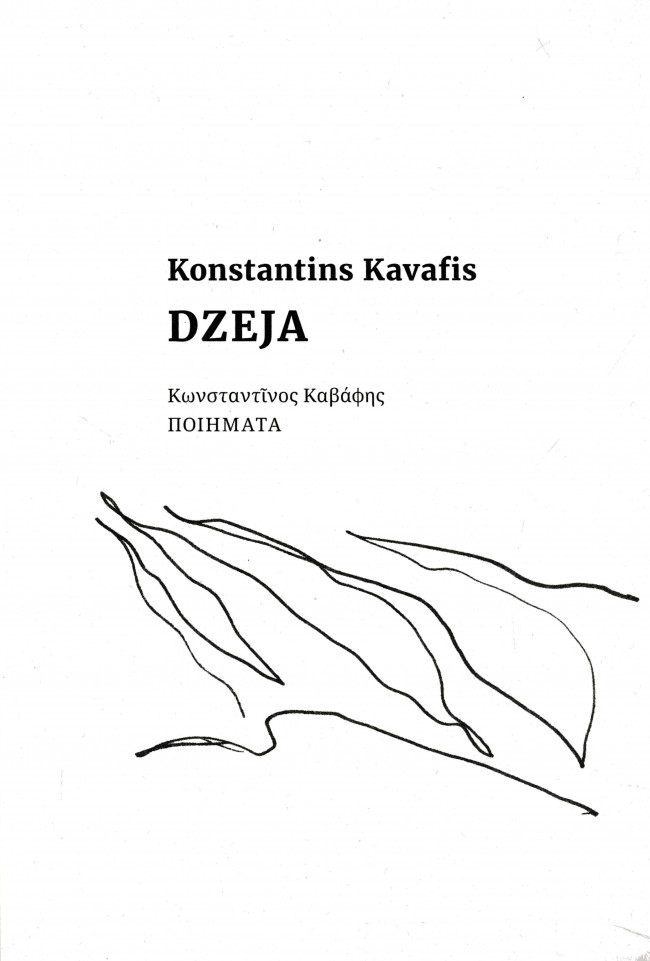Literary scholar Ojārs Lāms admits in the book's introduction:
'After a break of many centuries, Cavafy makes the world hear the voice of the Greek lyric again. In terms of the color of his imagery, he can certainly be described as one of the most Greek poets.'
Cavafy himself called himself a “poet of history” and his texts form an epic fresco of Hellenic culture and its decline. His voice has, in the words of Joseph Brodsky, 'a note of incurable sadness' and at the same time hedonistic stoicism and eroticism. As Ojārs Lāms writes, 'Kavafja's poetry weaves together the mythical, the historical, the everyday and the sensuously irritating, thus creating the vivacity of memory.'
Cavafy created his poetry as an ambitious mosaic, in which every element was carefully polished and sometimes removed or replaced if the author thought it was not suitable enough. The Latvian translation of the canon of his texts has been prepared with the same care. The original version was ready ten years ago, but during that time it has been reworked several times, trying to get as close as possible to Cavafy's language. However, as the singer admits,
'approaching the original does not mean being literal, so the Latvian version is another compromise between Beauty and Accuracy, claiming neither one nor the other.'
The book is complemented by a large, detailed index of personal names, place names and facts, which summarizes the places, historical and mythological persons, facts, years, as well as references to ancient and Byzantine source texts mentioned in Cavafy's texts. The geography of Cavafy's poetry is clearly marked by an appendix of maps.
Translated from the modern Greek language by Dens Dimiņš.
Illustrations by Inta Celmiņas, design by Antas Pence.
Dzeja Konastantīns Kavafis
'Konstantins Petru Kavafis (1863-1933) is one of the most influential Greek poets, whose path to European readers has taken a long time. His surprising, ironic and open searches in erotica, history and philosophy - in this trinity, which has been present in the Greek language and culture at all times - have significantly expanded the field of understanding of poetry,' writes Dans Dimiņš, author of the book and author of the book.
Cavafy, whose 155th anniversary is celebrated this year, is honored as the founder of modern Greek poetry. He has written more than 300 poems, as well as many essays, reviews and reflections on culture and history. The 'canon' of Cavafy's text is considered to be 153 poems recognized and published by the author himself, as well as his last, 154th poem 'On the outskirts of Antioch', which was printed already after the poet's death.
- Author: Konstantīns Kavafis
- Manufacturer: Neputns
- Language: Latviešu
- ISBN code: 9789934565489
- Cover type: Soft cover
- Year of publication:2018
- Number of pages:335
This item is out of stock
Leave your e-mail and you will receive a message as soon as it is available again!

Attention: Delivery of sale books may be delayed!

Discount on full price items. Discounts cannot be combined!

Orders are processed on weekdays from 10:00 to 18:00.

Free delivery to OMNIVA parcel machines in Latvia for orders over €40.00.

Free delivery to any GLOBUSS bookstore within 2-5 working days.
Share on social networks:


.jpg)
.jpg)
.jpg)
.jpg)
.jpg)
.jpg)
.jpg)
.jpg)